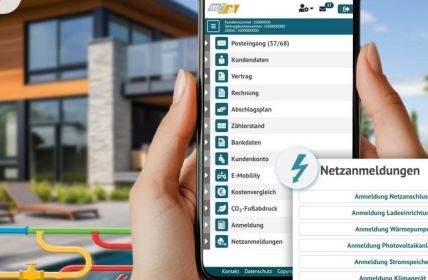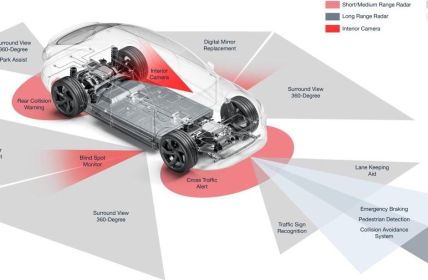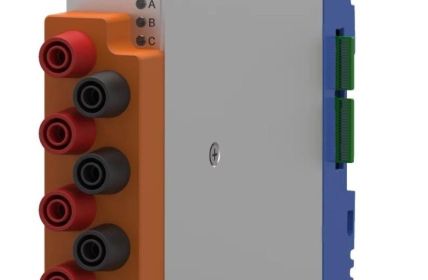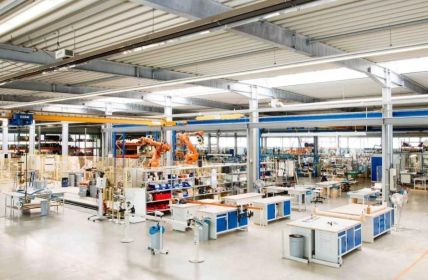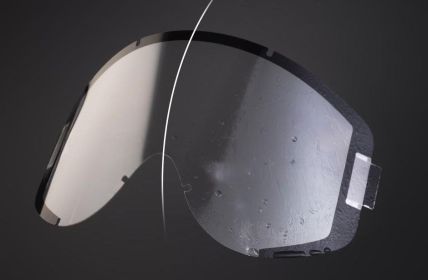Ameresco, a cleantech integrator and specialist in energy-efficient systems and renewable energy, has entered into a cooperation with Chicago. In the course of this collaboration, the U.S. city was equipped with 280,000 smart street lights. It is expected to save up to $100 million in electricity costs over the next ten years.
Table of Contents: What awaits you in this article
More benefits from intelligent lighting
Chicago’s representatives expect the modernization of their municipal lighting installation to improve safety on the streets above all. With better lighting now in place, motorists, cyclists and pedestrians in particular will be able to use city traffic more safely. Furthermore, the improvement in the general public perception of safety through better lit urban areas was a powerful argument for implementing the project.
Jobs for the disadvantaged
But poorer streets also benefited from the cooperation. Some of their residents also benefited directly from the project. Not only did their previously poorly lit neighborhoods now look much more respectable. Many local workers were also able to participate in the implementation of the project by taking over the conversion of the street lighting. A city ordinance had stipulated in advance that fifty percent of the workers involved had to come from the surrounding area. Of these, at least ten percent had to come from poorer parts of the city. Targets that were far exceeded in practice.
Contribution to climate targets
But the city councilors are particularly proud of their contribution to the climate targets. Not only can they now limit their consumption of fossil fuels with the venture. They are also reducing their carbon footprint at the same time. Estimates put the potential savings here at 134,600 metric tons of carbon dioxide per year. That’s roughly equivalent to 16,000 households.
Sleep better with LED
In addition to its energy efficiency and targeted climate neutrality, the new system also provides improvements from a health perspective. For example, the lights have been designed so that they no longer irradiate the entire room in a 360-degree pattern like their conventional predecessors. The shielded and downward-facing LED lights illuminate only the sidewalks and streets. This reduces glare on the night sky, for example, which can contribute to better and healthier sleep for residents.
Ameresco: HPS LED swap for more savings
At the heart of Ameresco’s liaison with Chicago was the replacement of aging lighting technology in the city’s downtown area, where 85 percent of the traditional 280,000 streetlights were based on high-pressure sodium fixtures. The somewhat orange and hazy impression these lights gave had long been a thorn in the side of many residents. They were now being replaced by LED lamps. The decisive argument was their performance and service life. It is assumed that LEDs consume only half as much energy as conventional light sources. But they are expected to last twice as long.
Infrastructure role model for the entire country
The completion of the project is the first time that many of those involved have been made aware of the scope of their undertakings. By implementing one of the most advanced systems, they have created an intelligent lighting system that can serve as a role model for other cities, and perhaps even the entire country. Because beyond just lighting, this solution has even more to offer. For example, thanks to the interconnection of the wireless nodes of each luminaire with a network, their data can be processed much better. For example, failures of individual streetlights are automatically reported to the control center. This can then issue repair orders to specific groups in a timely manner.
Millions saved even during remodeling
Chicago was already able to record its first noteworthy successes during the conversion. Not only did the city receive a $34 million rebate from energy provider ComEd for replacing the old lights with the new ones. Last year, electricity consumption for street lighting was cut by more than half. Expressed in black figures, this meant a plus of 8.7 million more in the city’s coffers through savings.





